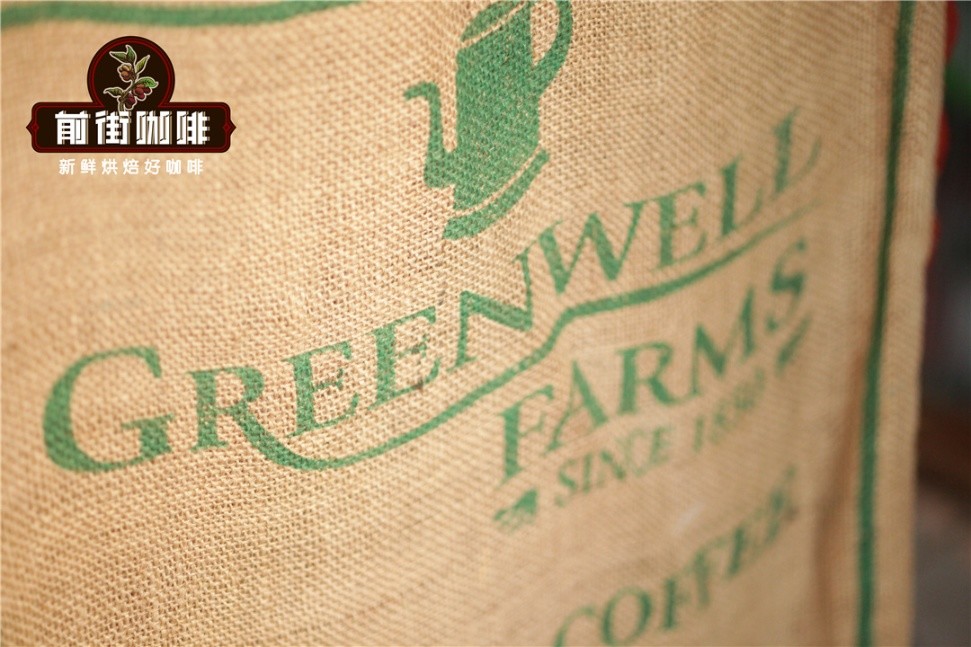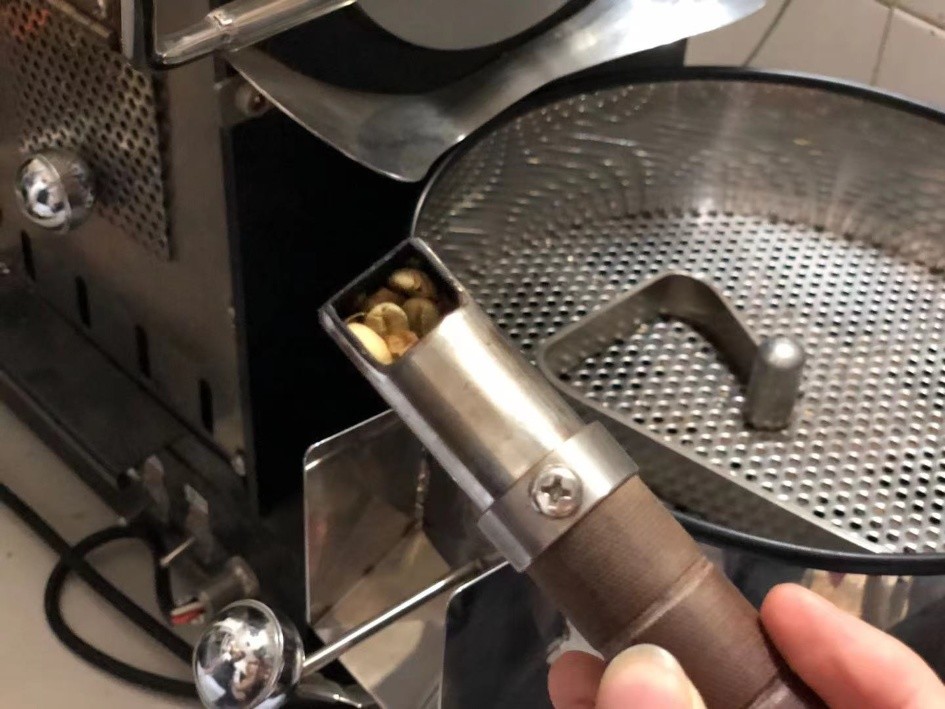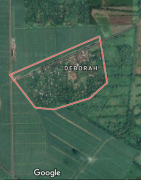The planting and processing of coffee beans how to bake coffee beans? Grindability of brewing coffee
Coffee's journey from the seeds planted to the perfect cup of coffee you enjoy is long and complex. There are many stages that can ruin coffee. Even a bad coffee bean can turn a pot of fine coffee into spicy chicken.
In today's coffee production,"routine" is often synonymous with poor quality, lack of sustainability and transparency, which means giving the body a bad feeling and unpleasant experience through bad taste. Instead, most specialty coffees mean guaranteed quality throughout the entire coffee production phase, from seed to cup.
Besides taste, one of the main differences between specialty coffee and regular coffee is that specialty coffee is actually good for you in more ways than just taste. You may have read some studies about the health benefits of coffee in light doses reducing risk, diabetes, alzheimer's disease, and alzheimer's disease in preventing various cancers, but remember that even excessive amounts of the good stuff can have side effects (such as ruining your sleep patterns).
How do you choose your coffee? How do you know if your coffee is regular or specialty? The only way to understand these skills is to understand the coffee production process from plantation to cup. So let's start now... the boutique coffee tour!

cultivation and processing
Coffee's journey begins with growing coffee trees. The first step is to plant unprocessed coffee seeds. It has to be good seed and it has to be planted in the right place at the right time to produce good coffee. The two most popular coffees are: mild Arabica coffee. Robusta coffee is bitter but easier to grow. Roughly all specialty coffee comes from the top 10 percent of Arabica coffee seeds.
3-4 Years from now, the coffee trees planted will bear their first red fruits-beans ready to be harvested.
Coffee is mostly hand-picked, either "all picked" or "selective picked." Picking it all is a faster process, but it also means that all the berries on the tree are picked at the same time. Selective hand-picking takes more time, but works better because only the beans are picked just ripe and the green beans are saved for later use.
After picking, coffee must be processed as soon as possible to prevent spoilage. There are several ways to do this: dry, semi-dry and wet.
When using the dry process, spread the beans out on a large surface to dry, then dry them in the sun. In the wet process, the pulp of the beans is removed, the beans are fermented in tanks and washed with plenty of water. This is one of the most critical steps in coffee processing, but it is often done wrong. Wrong fermentation and washing can produce coffee impurities and undesirable bitterness that cannot be removed later.
After coffee is dried, it is sorted by size and weight. Damaged and incorrectly colored beans were removed. Unfortunately, a large portion of the global coffee industry consists of inferior coffee beans that are sold and used to produce cheap coffee blends without fair compensation to farmers. It's important to get rid of these bad coffee beans because even an overripe coffee bean can ruin your coffee because of its sour and vinegar flavor. After sorting is complete, the green coffee beans are stored in jute or sword sacks until they are transported to the roasting plant.

baking
Now it's time to test coffee. The "cupper" checks the color, which to a professional cupper can tell you a lot about quality. After visual approval, it's time for some chemist-like roasting, brewing, smelling and "sipping" of the flavor, and once the quality is approved by the cup tester, the rest of the beans are roasted.
Beans are usually baked at around 230-260 degrees Celsius. Coffee moves constantly during roasting. When the internal temperature of the beans reaches 230 degrees Celsius, the oil inside begins to appear. This changes the coffee beans from green to brown and gives the coffee its true aroma. After roasting, the beans are immediately cooled by air or water, and now the coffee must be rushed to your cup. The aroma begins to fade immediately after roasting, as coffee is best enjoyed 2-30 days after roasting. High-quality coffee is usually good after 30 days, but regular coffee has no hope.

Ground and brewed coffee
Have you purchased coffee as a bean? If not, you may want to think about it, because finding the right grinding method for you can have a huge impact. Why is this important? Well, it allows you to extract all the flavors quickly (before losing the aroma after grinding), thus making the perfect coffee. Espresso is finer and coarser after filtration. Some studies have shown that ground coffee loses up to 60% of its aroma in 15 minutes, so if you're wondering why coffee at home doesn't taste as good as your favorite cafe, this could be one of the reasons.
Coffee brewing itself is a chemist-like process that you can learn over a lifetime. So don't worry, continue to pay attention to us, Xiaobian brings you more information about coffee and dry goods tutorials.
Important Notice :
前街咖啡 FrontStreet Coffee has moved to new addredd:
FrontStreet Coffee Address: 315,Donghua East Road,GuangZhou
Tel:020 38364473
- Prev

Finca Deborah Deborah Coffee Manor in Panama introduces the cherry growing environment of Rosa coffee.
Located more than 1900 meters above sea level, Finca Deborah sits in the depths of Mount Chiriki and is shrouded in dense clouds for most of the year. The plantation has a beautiful environment, beautiful natural environment and rich species of rare animals and plants. Geisha give full play to their potential under the shade of the dense rainforest canopy. He is one of the tallest and most remote coffee farms in Panama, in these seas
- Next

The difference between a latte VS cappuccino? Is the thickness of standard milk foam the same as that of latte concentrate cups?
Do you know the difference between the two? When you compare it, you may know what kind of coffee you like, but there is no way to say why. Why is it so hard to tell the difference
Related
- Detailed explanation of Jadeite planting Land in Panamanian Jadeite Manor introduction to the grading system of Jadeite competitive bidding, Red bid, Green bid and Rose Summer
- Story of Coffee planting in Brenka region of Costa Rica Stonehenge Manor anaerobic heavy honey treatment of flavor mouth
- What's on the barrel of Blue Mountain Coffee beans?
- Can American coffee also pull flowers? How to use hot American style to pull out a good-looking pattern?
- Can you make a cold extract with coffee beans? What is the right proportion for cold-extracted coffee formula?
- Indonesian PWN Gold Mandrine Coffee Origin Features Flavor How to Chong? Mandolin coffee is American.
- A brief introduction to the flavor characteristics of Brazilian yellow bourbon coffee beans
- What is the effect of different water quality on the flavor of cold-extracted coffee? What kind of water is best for brewing coffee?
- Why do you think of Rose Summer whenever you mention Panamanian coffee?
- Introduction to the characteristics of authentic blue mountain coffee bean producing areas? What is the CIB Coffee Authority in Jamaica?

